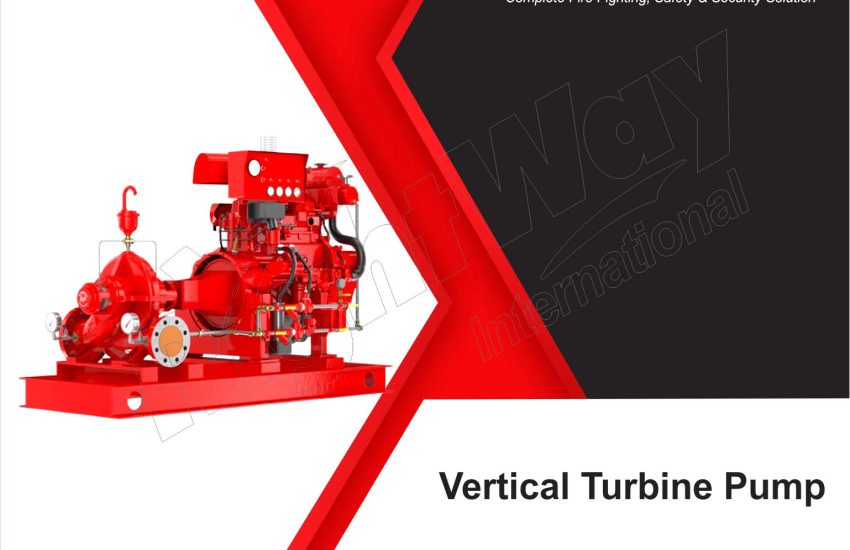Vertical Turbine Pump are a vital component in various industries, designed for high-efficiency performance in applications such as water supply, irrigation, and industrial processes. With their unique construction and functionality, these pumps are particularly suited for handling large volumes of liquid, often from deep underground sources.
What is a Vertical Turbine Pump?
A vertical turbine pump consists of multiple stages of impellers, mounted on a vertical shaft. These pumps are capable of lifting water from deep wells and reservoirs, making them ideal for agricultural, municipal, and industrial applications.
Key Features of Vertical Turbine Pumps
- High Efficiency: Vertical turbine pumps are designed to minimize energy consumption while maximizing output.
- Durability: Made from robust materials, they can withstand harsh operating conditions.
- Space-Saving Design: Their vertical orientation allows for efficient use of space in installations.
- Versatility: Suitable for various fluids, including clean water, wastewater, and corrosive liquids.
Applications of Vertical Turbine Pumps
- Agricultural Irrigation: Essential for providing consistent water supply to crops.
- Municipal Water Supply: Used in water treatment plants and distribution systems.
- Industrial Processes: Vital in manufacturing, chemical processing, and cooling systems.
How Vertical Turbine Pumps Work
Vertical turbine pumps operate using a series of impellers that draw water upward through a vertical shaft. The design allows for efficient fluid movement, leveraging centrifugal force to push water through the pump.
Benefits of Using Vertical Turbine Pumps
- Energy Efficiency: These pumps are designed to operate efficiently, reducing energy costs.
- Reduced Maintenance: With fewer moving parts compared to other pump types, maintenance requirements are lower.
- Long Lifespan: Quality construction materials ensure a longer operational life.
Choosing the Right Vertical Turbine Pump
When selecting a vertical turbine pump, consider the following factors:
- Flow Rate Requirements: Determine the volume of fluid needed for your application.
- Head Requirements: Assess the total dynamic head (TDH) to ensure the pump can lift water to the required height.
- Fluid Characteristics: Consider the type of fluid (clean, corrosive, etc.) to select appropriate materials.
- Pump Size and Configuration: Choose the size that fits your installation space and meets your capacity needs.
Maintenance Tips for Vertical Turbine Pumps
- Regular Inspections: Check for wear and tear on impellers and seals.
- Lubrication: Ensure proper lubrication of bearings to prevent friction and overheating.
- Monitor Performance: Keep an eye on flow rates and pressure to identify any inefficiencies.
Conclusion
Vertical Turbine Pump are essential for a variety of applications, offering efficiency, durability, and versatility. By understanding their functionality, benefits, and maintenance needs, you can make informed decisions for your water supply or industrial processes. Whether for irrigation, municipal use, or industrial applications, vertical turbine pumps remain a reliable choice for effective fluid management.


